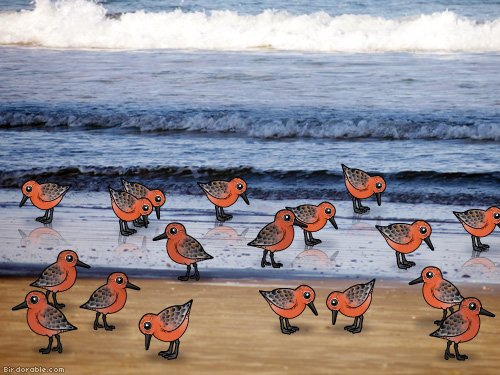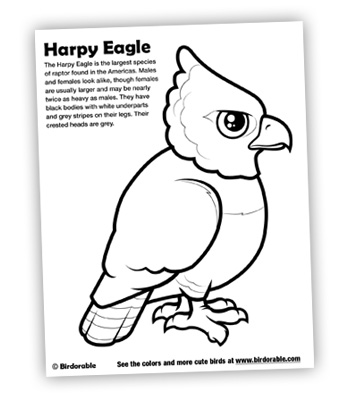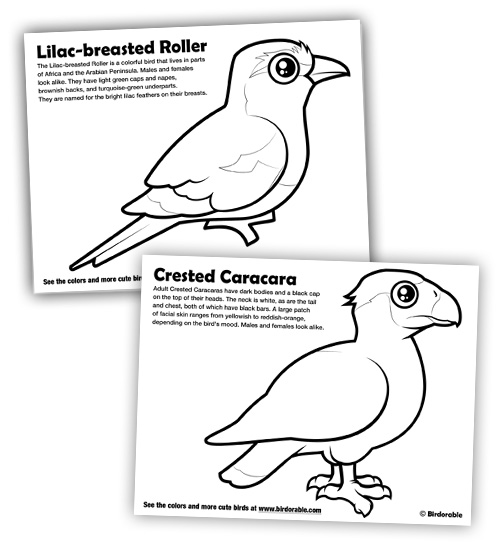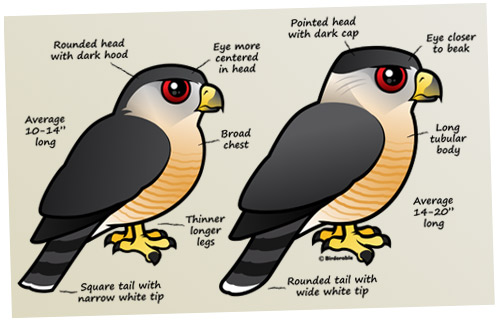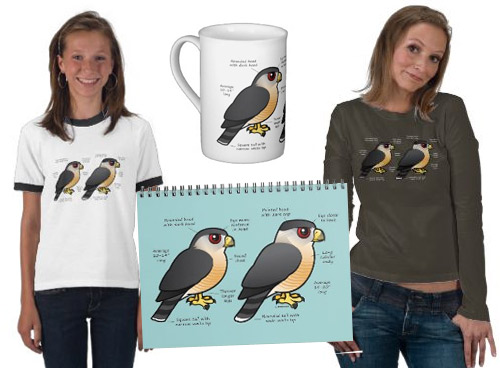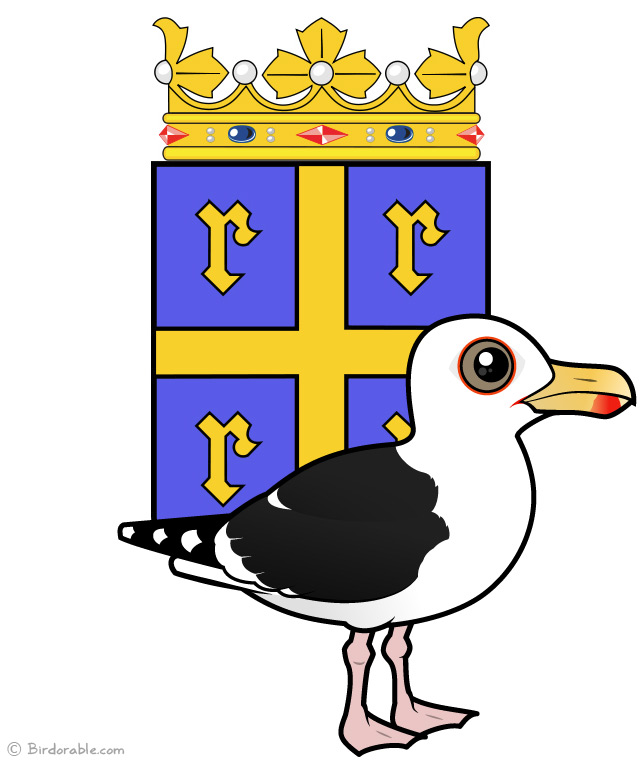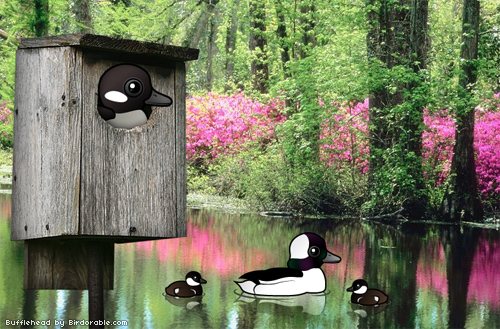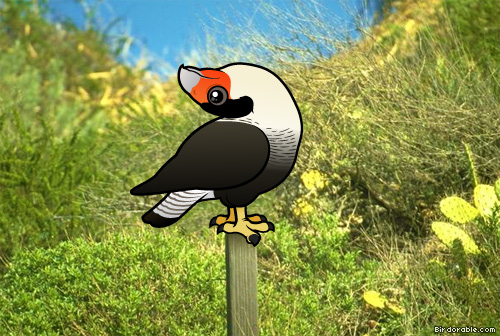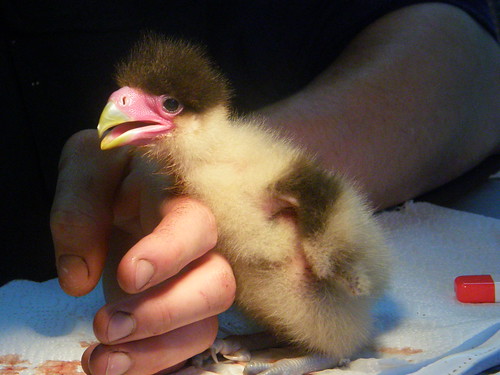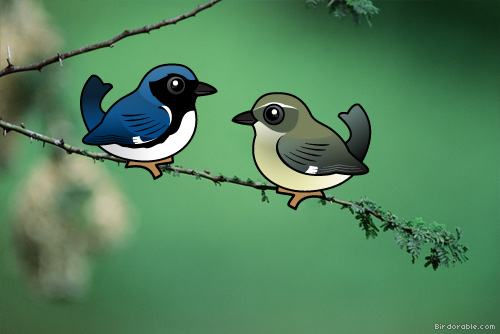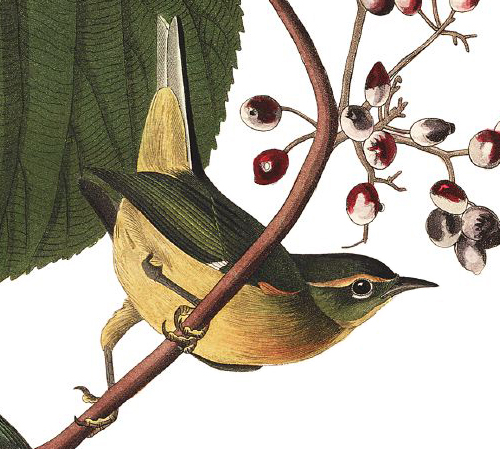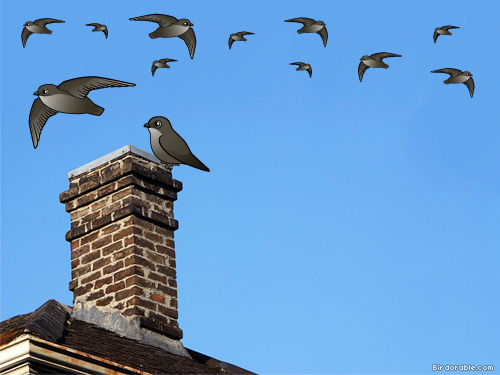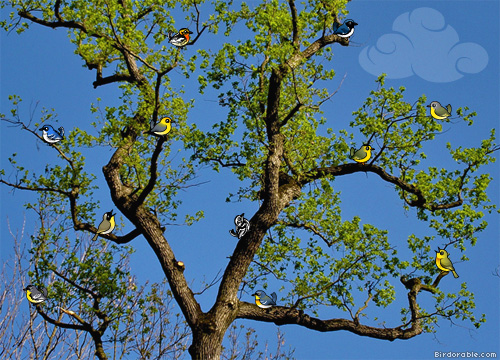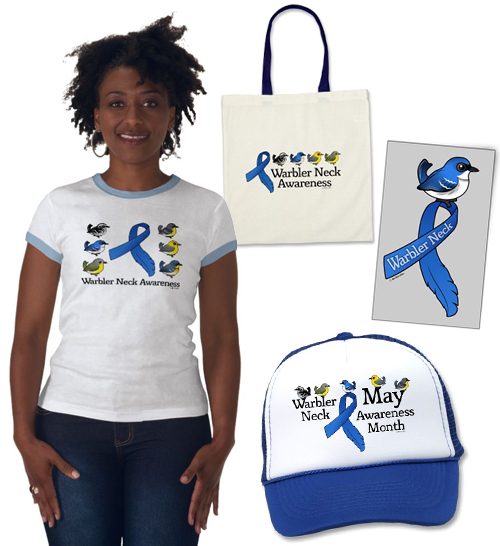The New York Times reported last week that the number of Red Knots stopping at critical refueling grounds on the East Coast of the United States this year was double the number seen last year.
Each year, Red Knots migrate over 9,000 miles during their migration from South America to their breeding grounds in the Arctic Circle. Along the way, they stop at beaches of the East Coast to feed on horseshoe crab eggs to fuel their remaining journey. Legislation protecting horseshoe crabs has probably contributed to the good number of Red Knots found this year. The population of the American subspecies of the Red Knot has been in steep decline; hopefully this year's bounty is a good sign towards recovery! The Red Knot is one of our 378 cute Birdorable birds. We have commemorated the special relationship between the knots and horseshoe crabs with two unique designs. Check them out: Crab-Knot Cycle and Horseshoe Crabs are Life. The small blue blobs making shapes in each design represent horseshoe crab eggs!
You can learn more about the Red Knot from Cornell's All About Birds website: Red Knot. Hat tip to the ABA Blog for this story.

